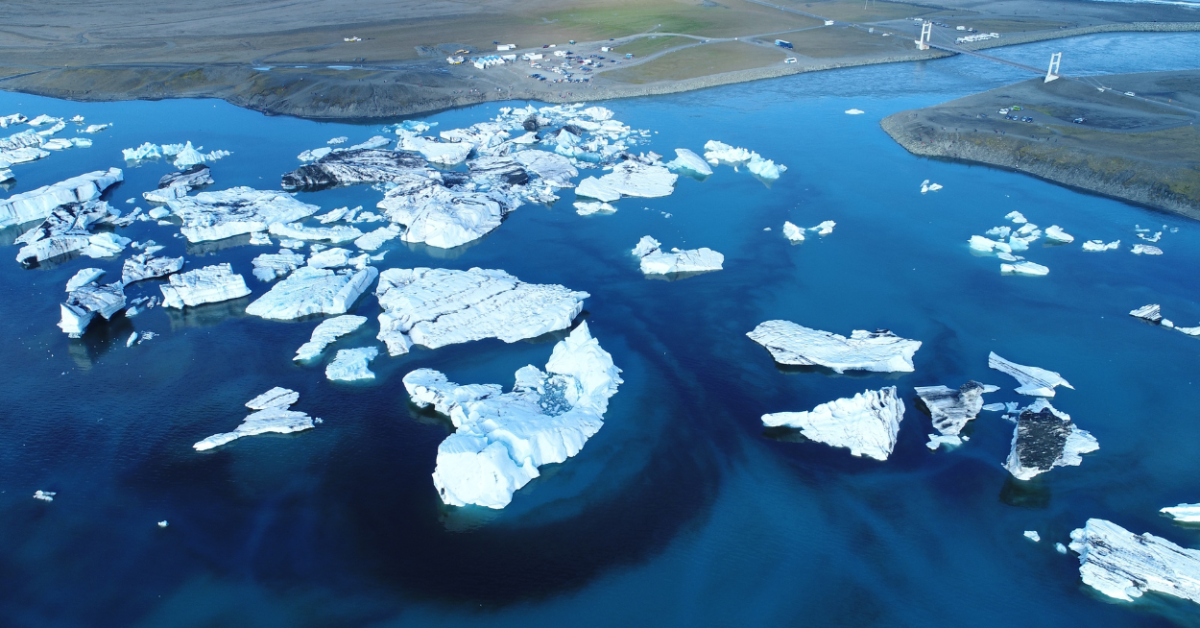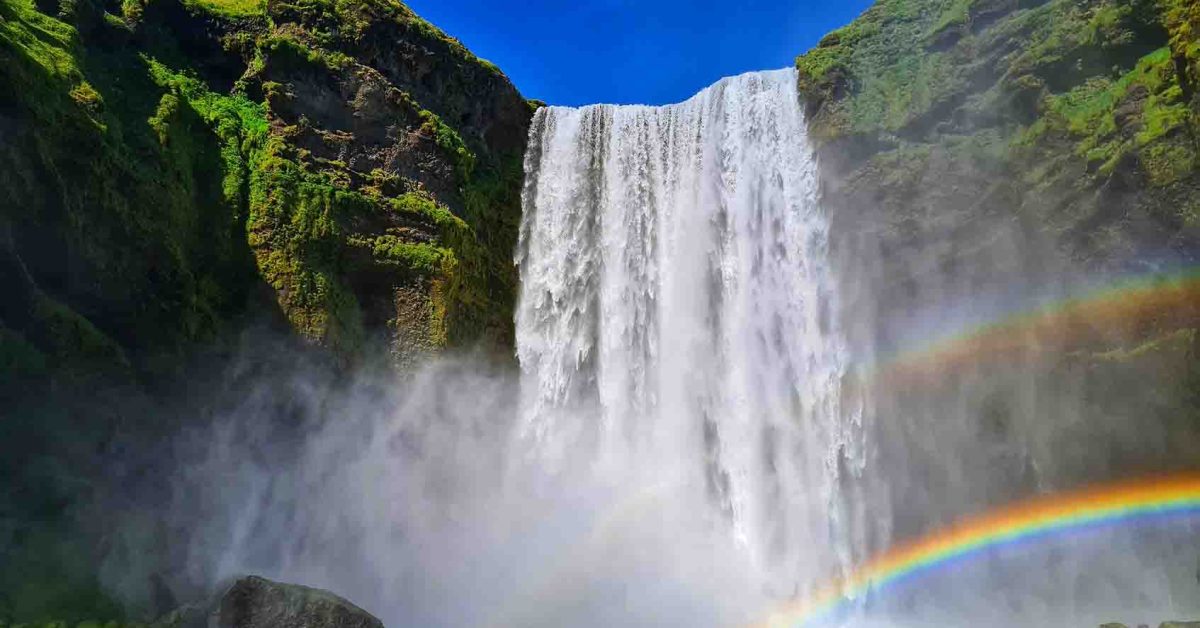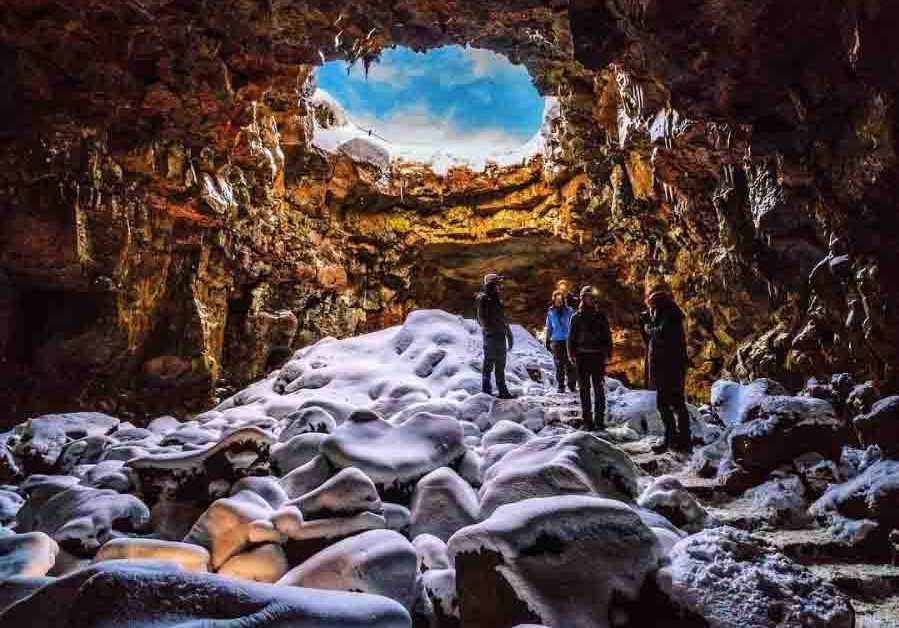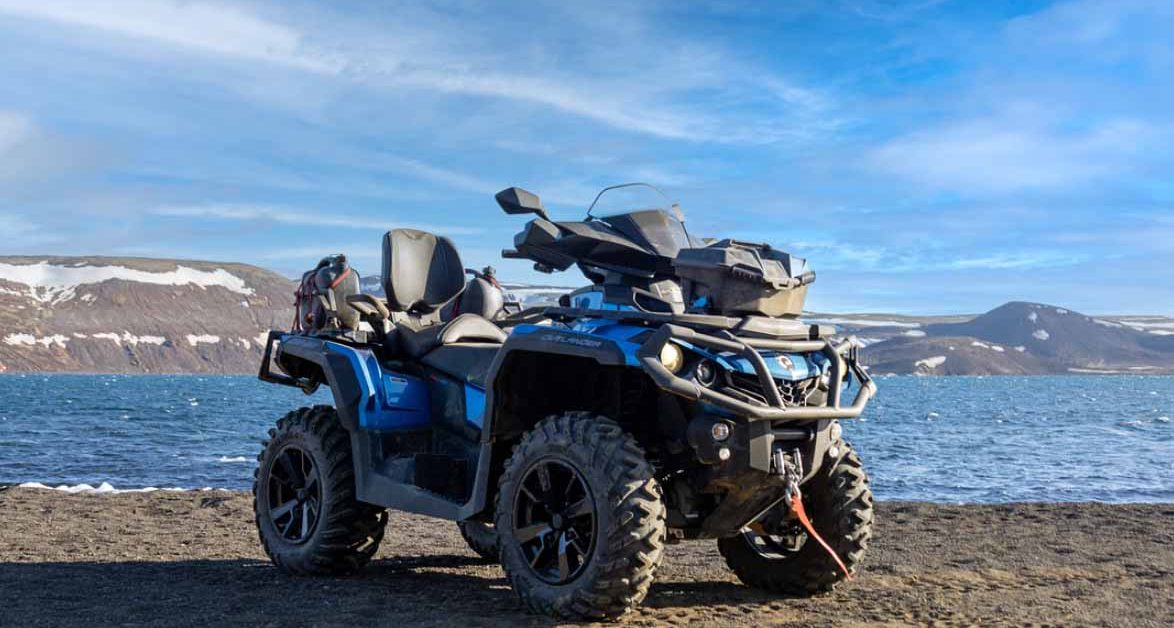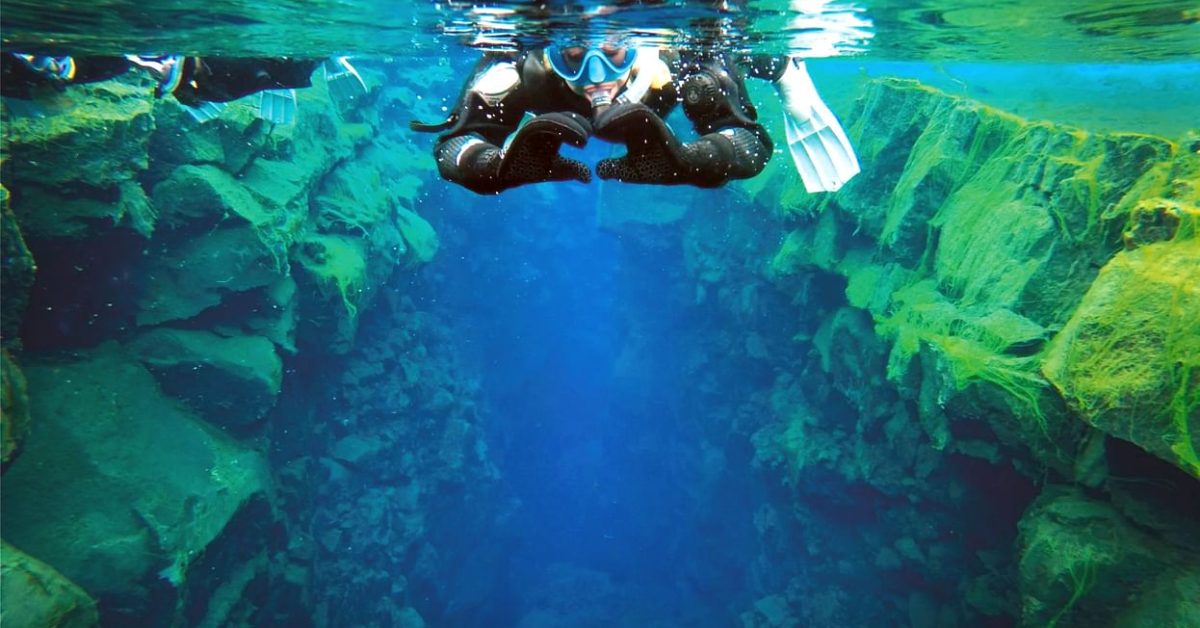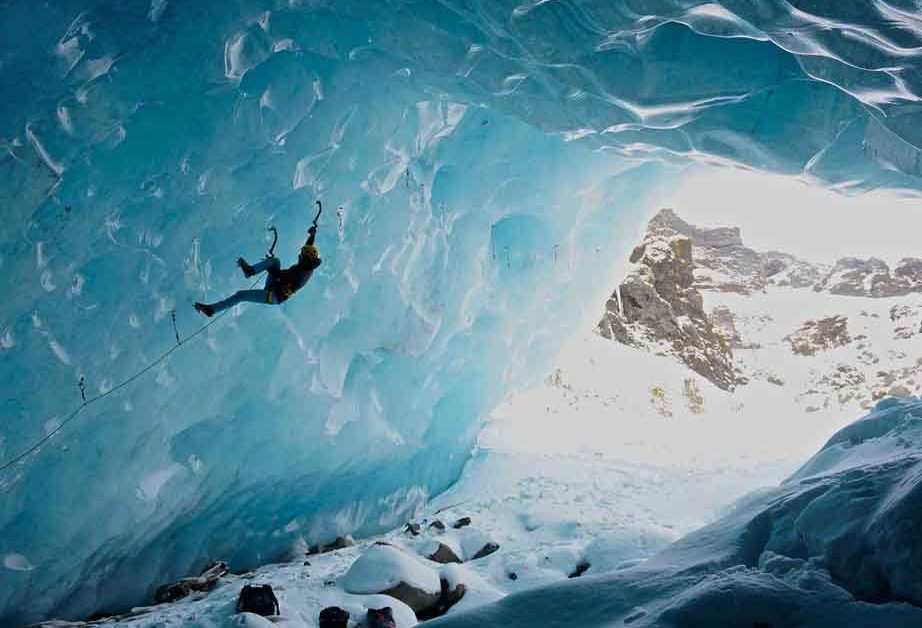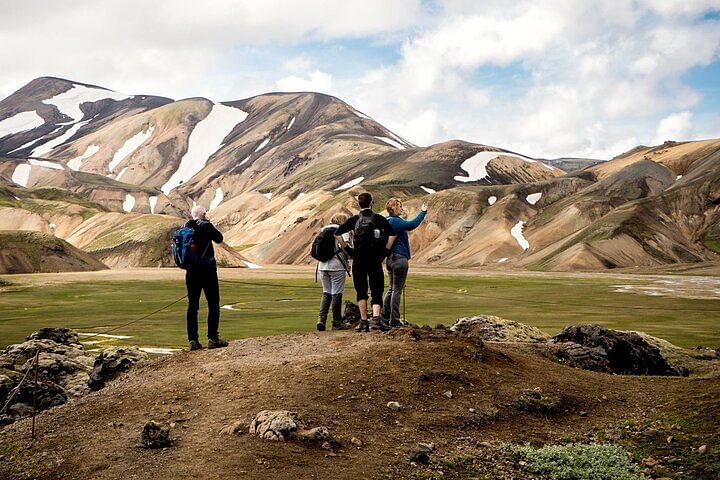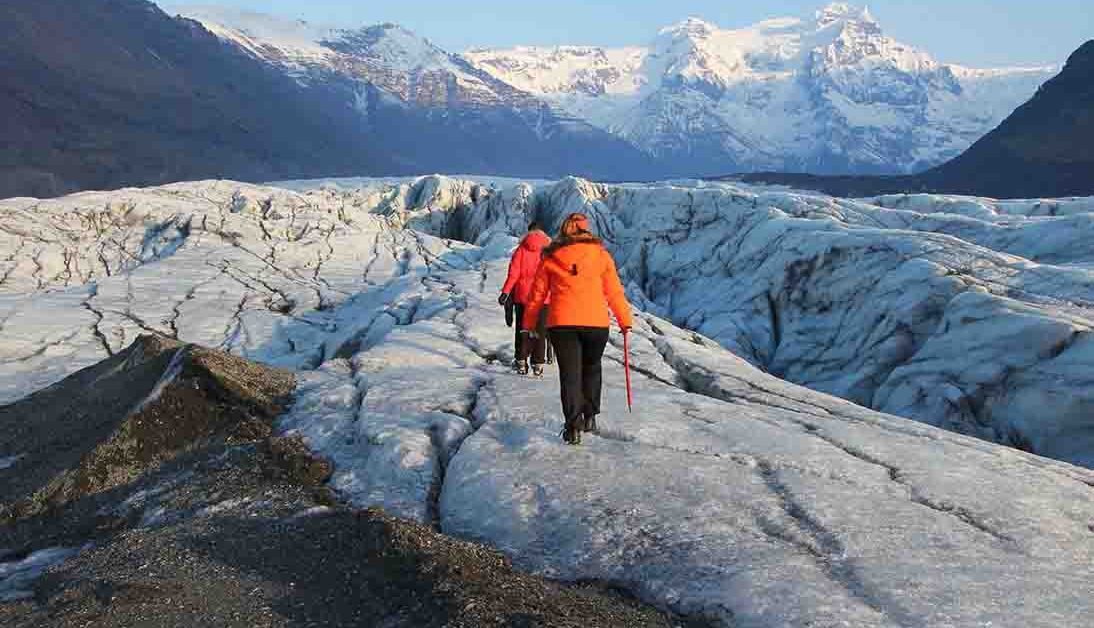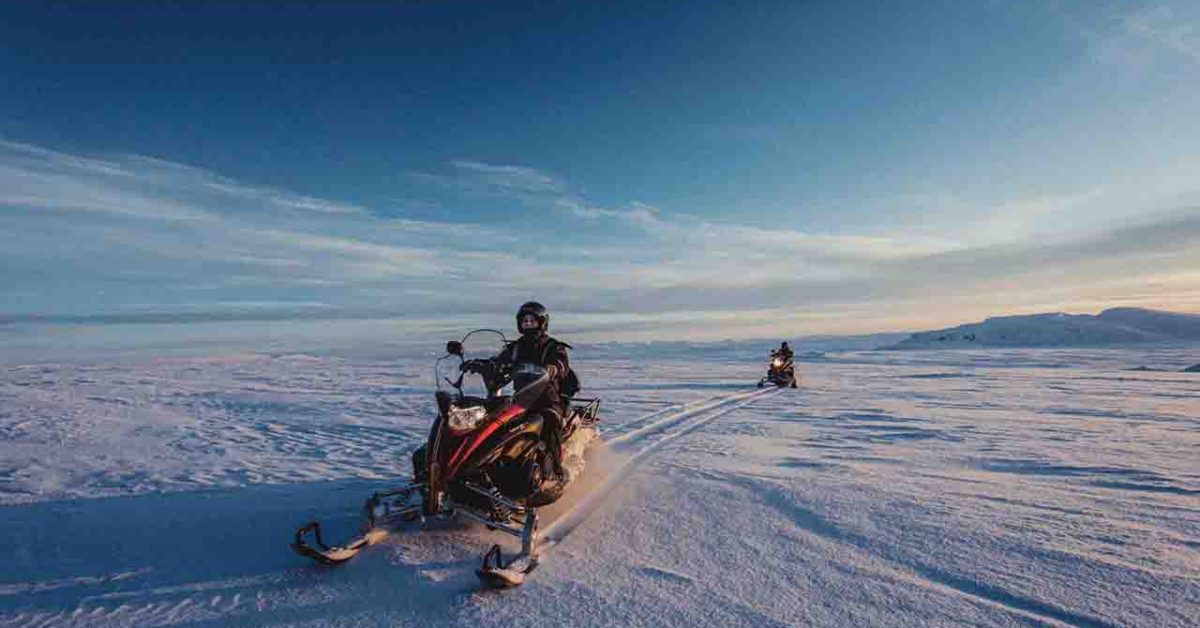Fagradalsfjall volcano
The most exciting event in Iceland in 2021 was the eruption of the Fagradalsfjall volcano in the Reykjanes peninsula in March. It lasted for about seven months and created a large lava valley.
Located in the Geldingadalir valleys, the volcano was the first eruptive volcano in the past six thousand years and the first active volcano in the Reykjanes UNESCO Global Geopark area for 800 years.
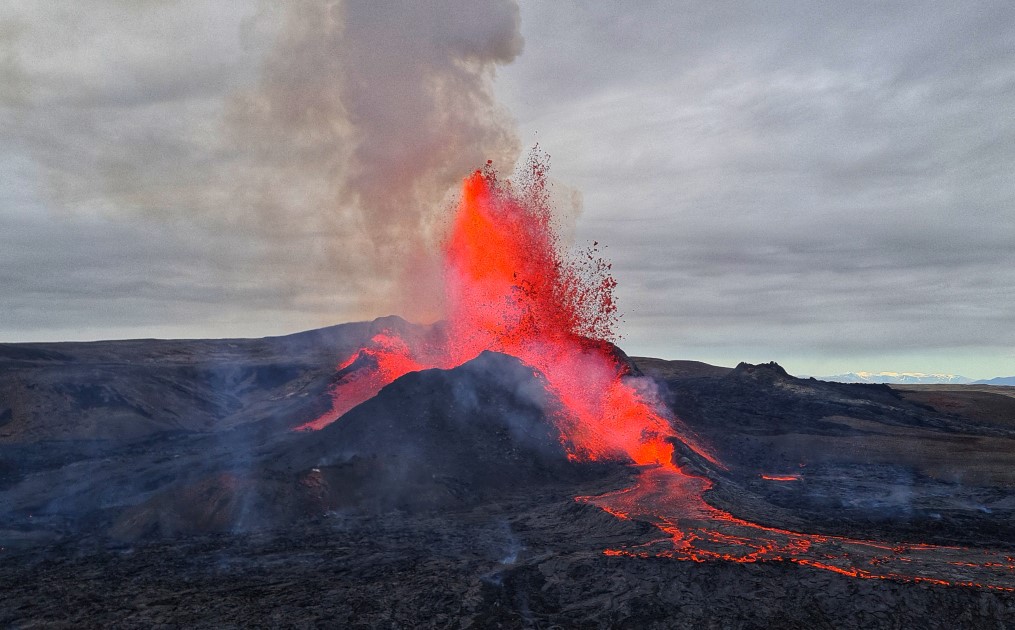
The eruption was not much of a surprise as three weeks before the moment of eruption, the entire Reykjanes peninsula was shaking from many earthquakes.
The scientists had expected an eruption but those things are hard to predict or to give exact information about the moment when it will happen.
And so it was, after three weeks of earthquakes, for three days the earthquakes stopped but on the evening of 19th of March 2021, people in Reykjanes peninsula spotted a glowing light over the hills. The lava reached the earth’s surface.
That moment started an entire saga in Iceland, and everyone from the youngest to the oldest hiked to see the active volcano. Tourists have come to Iceland just to see this fantastic natural show and are lucky they were to be able to see it.
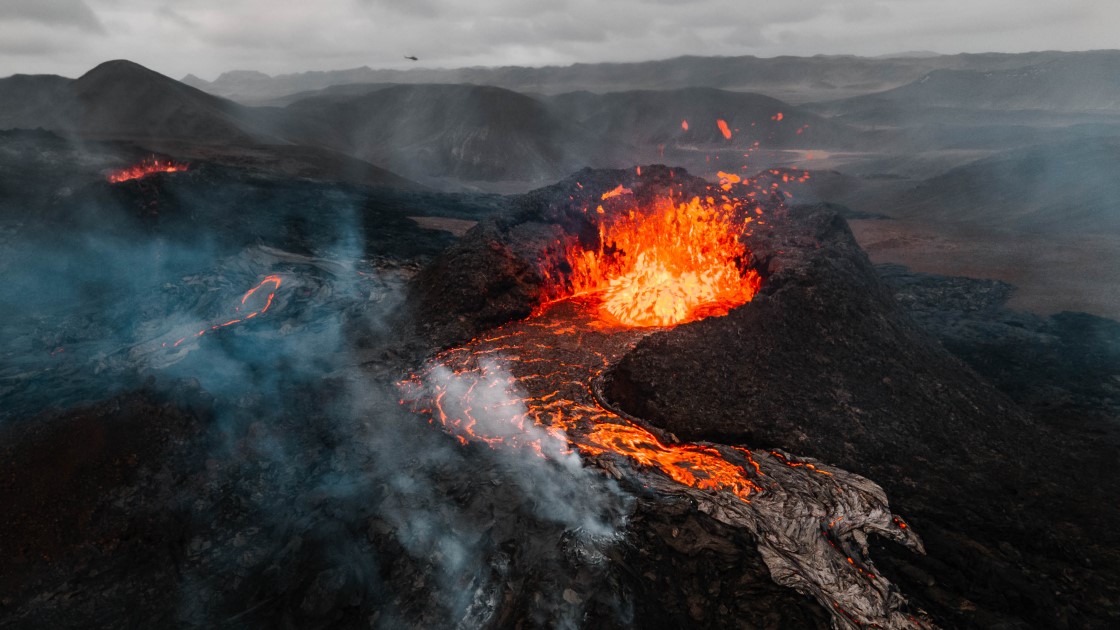
How did the eruption started?
I have mentioned something about some earthquakes, and geologically speaking the earthquakes are caused by the moving of the magma underground. There are some spots on Earth where magma can reach the surface and Iceland “was born” in one of those places.
Lying on the Mid-Atlantic Rift which is an active volcanic area, the island was formed after many eruptions millions of years ago and now it is itself a volcanic island with many active areas.
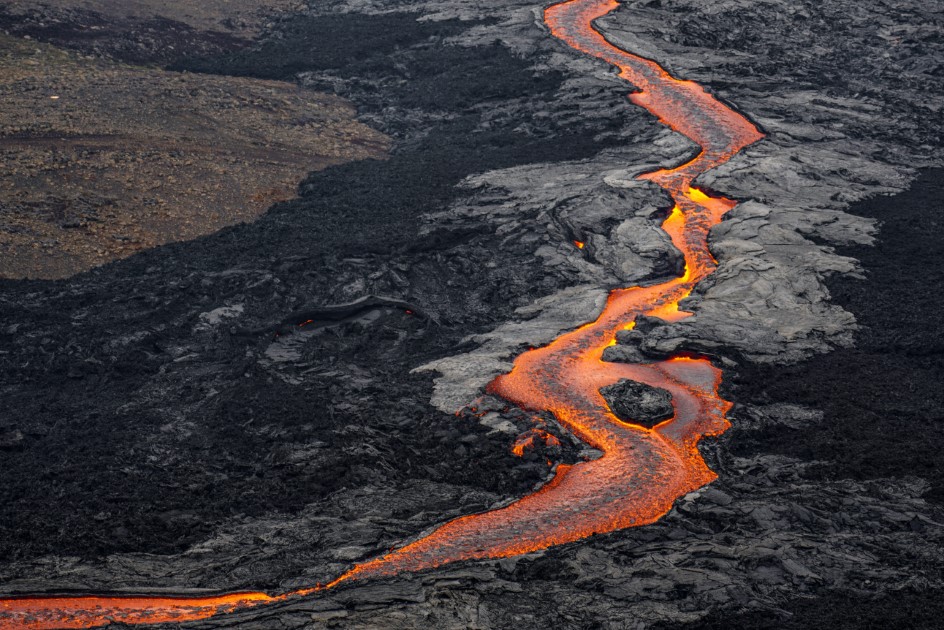
When the Reykjanes peninsula started to shake, three weeks before the eruption moment, the geoscientists from the University of Iceland and the Icelandic Met Office knew that something might happen and started to interpret the geophysical data from seismometers, GPS stations and satellites and they concluded that the earthquakes were produced by a crustal uplift and magma dike intrusion was the cause.
The dike started to grow during these three weeks and scientists took into consideration a possible eruption.
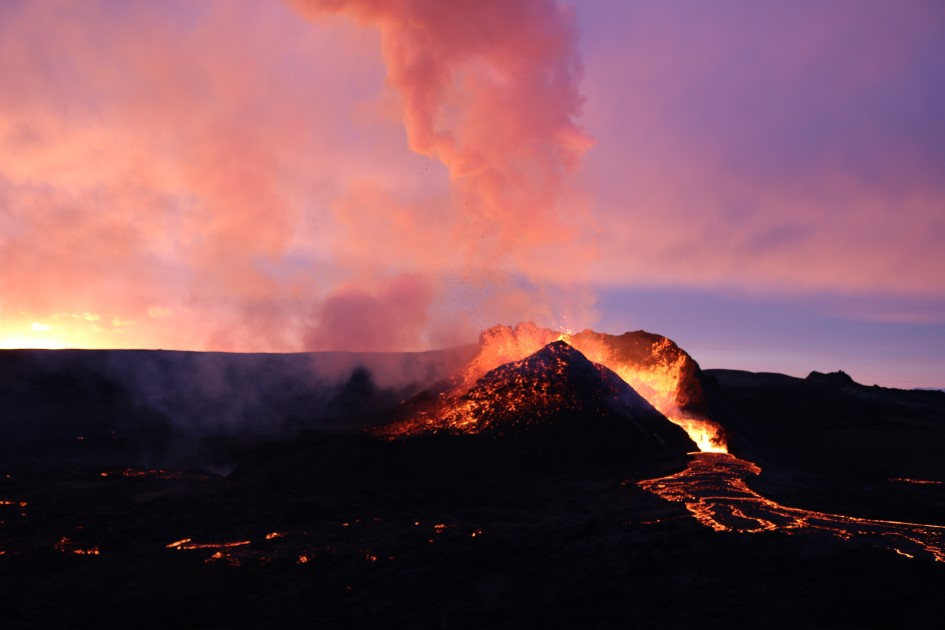
When people spotted a glowing light over the hills it was clear that the eruption started and that evening the scientists confirmed that there was an eruptive fissure in Geldingadalir valleys after they flew with a Coast Guard helicopter over the area.
They describe it as a small eruption that does not represent a danger for people or proprieties.
Scientists have estimated that the first fissure was about 180m long with an outflow of basaltic lava of about 6 m3.
The Fagradalsfjall volcano created a fresh lava field that covers 4,85 km2 with a volume of lava estimated at 0,15 km3.
How was the eruption going?
From a small eruption as scientists have described it at the beginning, the Fargadalsfjall volcano had offered some amazing episodes of eruption and the area was changing every day.
From a single fissure at the beginning, the volcano concentrated soon in two cones that were erupting simultaneously.
After a month and a half, the volcano started to act like a lava geyser with lava being thrown up in the air (once about every 7 minutes as I noticed).
The eruption site changed every day with more or less abundant lava flows or with hours or even days of no activity until the middle of September 2021 when no more lava reached the surface and the volcano was later declared inactive.
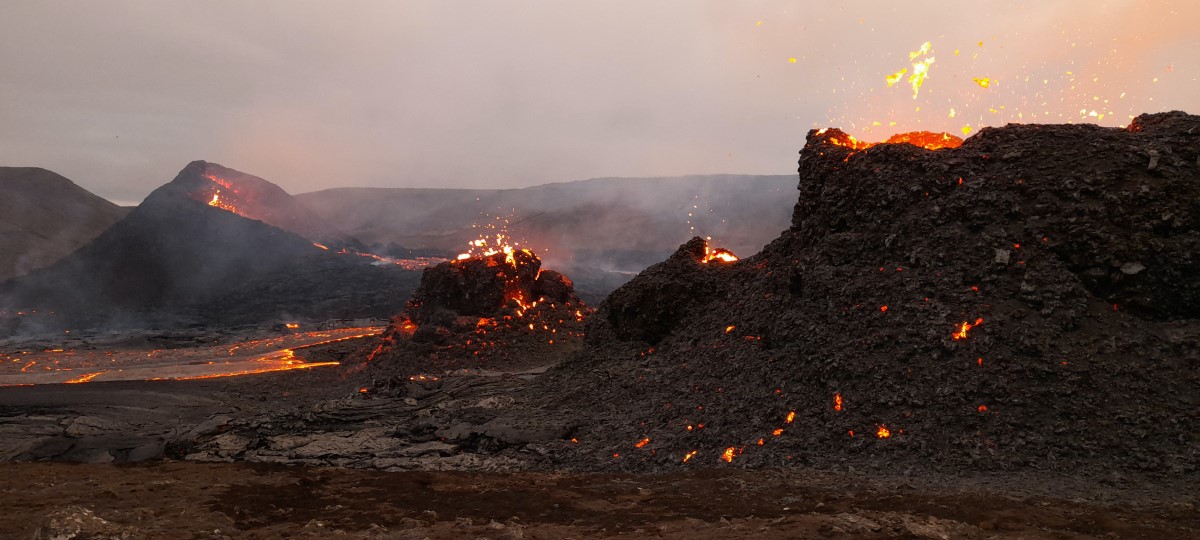
How was it to hike there?
It might sound like a cliche but the experience is unbelievable and also is a once-in-a-lifetime experience (if you are not living on a volcanic island).
The scientists have described this eruption as a “touristy eruption” and that was because of its calm eruption that did not represent a danger for locals or for tourists that hiked there.
Even though in Iceland are many stratovolcano-the types with explosive eruptions and classic cone-shaped peaks, this one was nothing like the famous Katla on the south coast or Eyjafjallajokull that erupted in 2010 and closed the sky over Europe.
Fagradalsfjall volcano had a calm eruption and the Icelandic authorities have secured some hiking trails for people who wanted to hike to see the volcano.
As the eruption developed, three hiking trails took you closer to the volcano on different sides.
The trail I had the chance to hike in May 2021 took me to about 2km in front of the volcano cone and that was the period when the volcano acted like a geyser. I have seen nothing more spectacular than this in my life (ok..maybe the Northern Lights are as spectacular as a volcanic eruption, or maybe I am biased).
The Icelandic authorities were present every day at the eruption site and every day there were updates according to the situation on-site. There were days when the hiking trails were closed due to bad weather or when the gas pollution was unsafe for people to be around.
The hiking trails were marked with yellow sticks with visible stripes for the night hikers, a parking place was arranged near the road and the hiking trails were maintained by the rescue teams that were there every time.
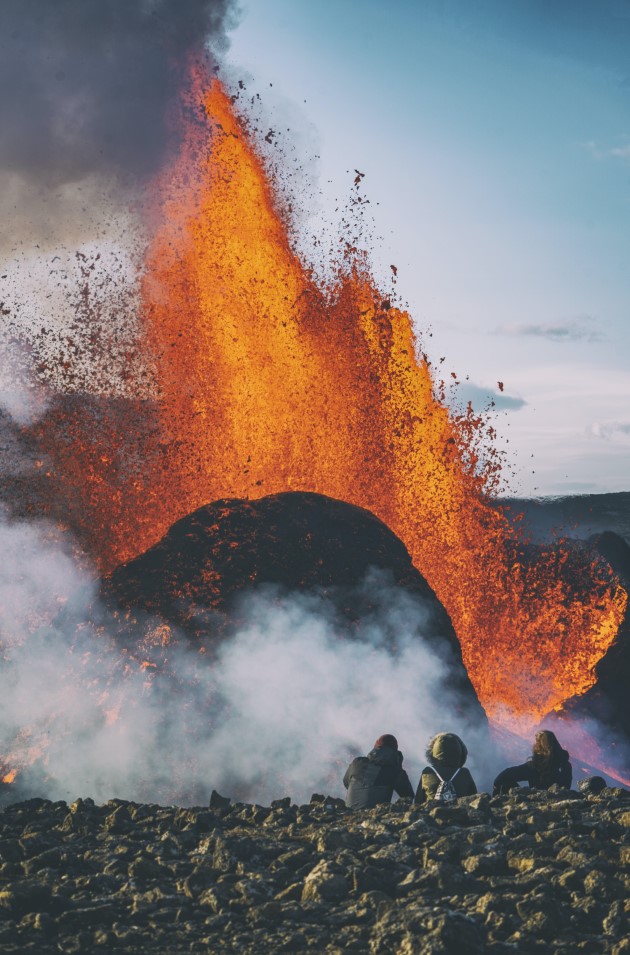
The hike itself was not the hardest I have done but was a bit challenging because of the volcanic relief with many volcanic rocks that made the trail slippery.
But I took my time and everything was undoubtedly worth it in the end. I have seen people of all ages hiking to the volcano that day and for all of them, the trail was manageable.
As I mentioned I was about 2km away in front of the volcanic cone and I could feel waves of heat when lava was thrown in the air. What a moment! I have goosebumps only remembering this.
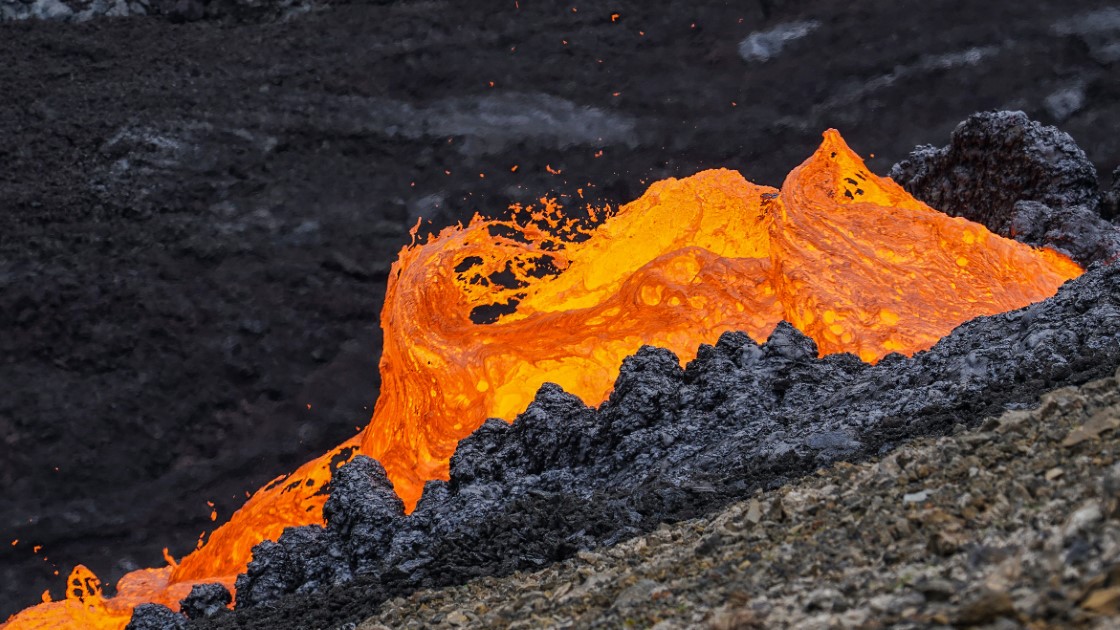
Pizza and sausages fried on the lava?
Social media “exploded” with Fagradalsfjall volcano content just some hours after the eruption. Photographers, influencers and public persons visited the site by helicopter and posted their unique experiences on their social media pages.
Some of them wanted to go viral and posted photos and videos of them frying sausages or cooking pizza on the hot lava and yes they are still alive, but you should not do such things because not every time is safe.
Also, some people wanted to try extreme things and walked on the freshly solidified lava. This is another dangerous thing because one can not be sure if the lava is completely solid and will sustain your weight.
Just admire the “show” and do not put yourself and others in danger when it comes to such things.
Safety first!
This volcanic eruption in Iceland was unique and we were lucky that Mother Nature allowed us to watch this natural show so close. But you have to take notice that not all volcanic eruptions will be the same and you should not go to such events unless you know from the authorities that it is safe to do it.
Another eruption happened in Iceland in the Geldingadallir area in August 2022 and the site was also visited. Read more about the new eruption on our new blog about the Meradalir eruption.
Fagradalsfjall volcano started a Saga of ‘tourist’ eruptions in Iceland in the next 2 years.
We prepared a guide for visiting an active volcano in Iceland that will help you be prepared for the next touristy eruptions that will happen in Iceland.
The volcano site can still be visited even if the Fagradalsfjall volcano is not active anymore and we have some tours that will bring you there.













